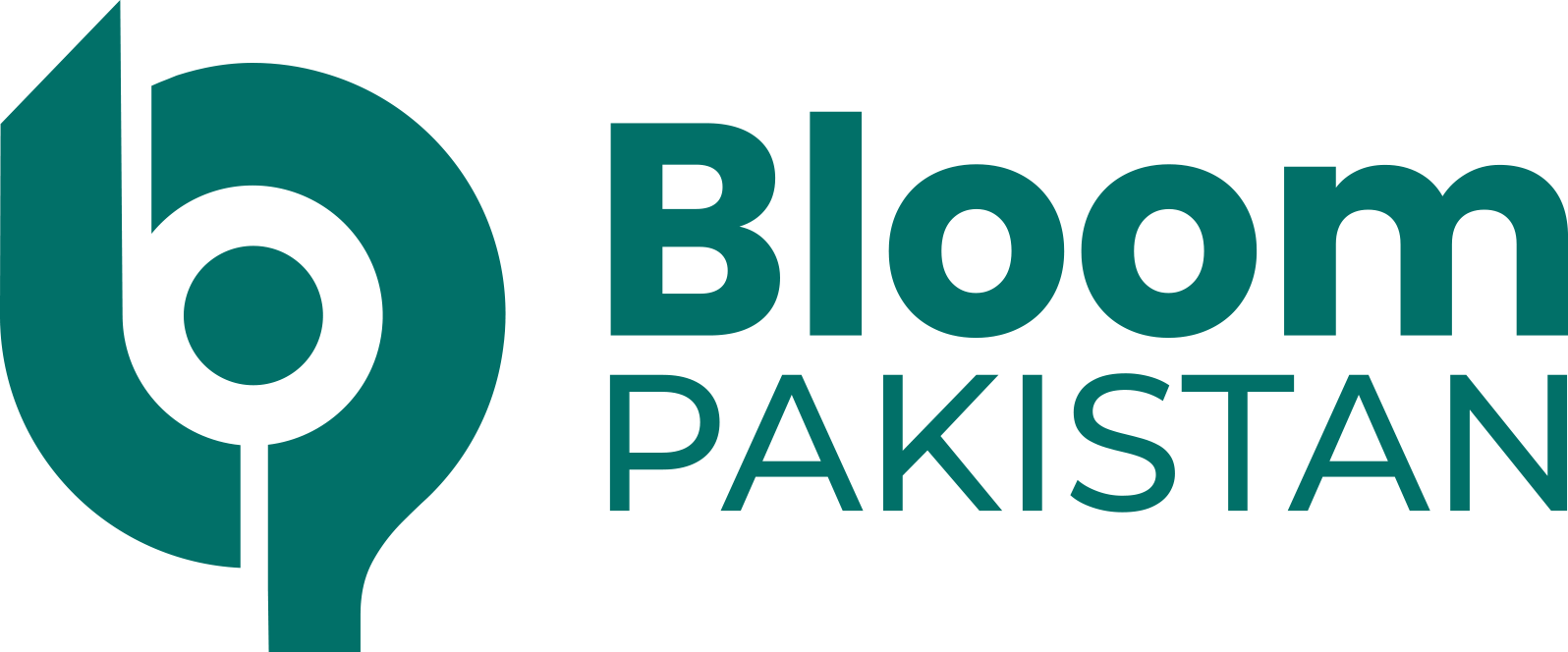Islamabad: The performance of Pakistan’s Large Scale Manufacturing (LSM) sector has continued to show signs of weakness during the first eight months of the current fiscal year, as reported by the Pakistan Bureau of Statistics (PBS).
According to official data, the LSM sector recorded a contraction of 1.90 percent during the July to February period of the fiscal year 2024-25 when compared to the corresponding period of the previous year.
On a month-on-month basis, the industrial sector’s output witnessed further declines. In February 2025, LSMI output dropped by 3.51 percent when compared with February 2024.
The decline was even sharper when measured against January 2025, amounting to 5.90 percent.
Similarly, the figures for November 2024 also reflected a downward trend, showing a contraction of 3.81 percent compared to November 2023, and a decline of 1.19 percent over October 2024.
These statistics are based on the provisional quantum indices of Large Scale Manufacturing Industries (LSMI), developed using the 2015-16 base year.
The indices rely on the most recent data provided by multiple official sources, including the Oil Companies Advisory Council (OCAC), the Ministry of Industries and Production, the Ministry of Commerce, and the Provincial Bureaus of Statistics (BoS).
The cumulative provisional Quantum Index of Manufacturing (QIM) for the July to February period of 2024-25 has been estimated at 109.33.
A breakdown of sectoral performance reveals the major contributors to the overall negative growth rate of -1.90 percent.
Positive contributions came from sectors such as tobacco (0.25 percentage points), textiles (0.29), garments (1.29), petroleum products (0.30), and automobiles (0.72).
However, these gains were offset by declines in food (-0.50), chemicals (-0.43), cement (-0.37), iron and steel products (-0.55), electrical equipment (-0.50), machinery and equipment (-0.15), and non-metallic mineral products (-0.73), among others.
When comparing the production data from July to February of the current fiscal year with the same period last year, several industries showed positive growth.
Industries That Swell
Notable gains were observed in tobacco manufacturing, which surged by 17.75 percent, along with modest increases in textile (0.33 percent), wearing apparel (2.63 percent), and leather products (2.30 percent).
The paper and board industry posted a healthy 9.95 percent rise, while coke and petroleum products experienced significant growth of 23.37 percent.
Read More: Private Sector Bank Borrowings Declines Sharply Despite Interest Rate Cuts
The pharmaceuticals sector improved by 2.48 percent, and the computer, electronics, and optical products segment expanded by 7.15 percent.
The automobile industry, in particular, registered a substantial increase of 30.72 percent, reflecting improved market demand and possible easing of supply chain issues.
On the flip side, a number of key industries registered substantial contractions in output over the same comparison period.
The food sector declined by 5.01 percent, while beverages recorded a fall of 7.54 percent.
The wood products industry shrank by 14.58 percent. A steep drop of 18.52 percent was recorded in chemical manufacturing, with chemical products specifically declining by 19.45 percent.
The fertiliser industry posted a reduction of 17.94 percent, while rubber products slipped by 13.28 percent.
In the construction-linked sectors, non-metallic mineral products dropped by 1.80 percent, and iron and steel production declined by 9.76 percent.
The fabricated metal products sector decreased by 0.80 percent. Meanwhile, electrical equipment output dropped by 7.36 percent, and machinery and equipment saw a significant contraction of 33.54 percent, suggesting a slowdown in industrial and infrastructural investment.
Furniture production, already a small sector, experienced the sharpest year-on-year contraction, plummeting by 56.49 percent.
Also Read: Pakistan LSM Sector Output Falls in January 2025
The LSM sector, a crucial indicator of industrial performance in the country, continues to face headwinds stemming from a mix of factors including weak domestic demand, input cost pressures, high interest rates, and lingering disruptions in global and local supply chains.
The negative trajectory in several critical sectors—especially those linked to construction, chemicals, and equipment—highlights underlying structural challenges that policymakers will need to address to stimulate sustainable industrial growth moving forward.









